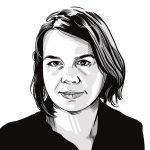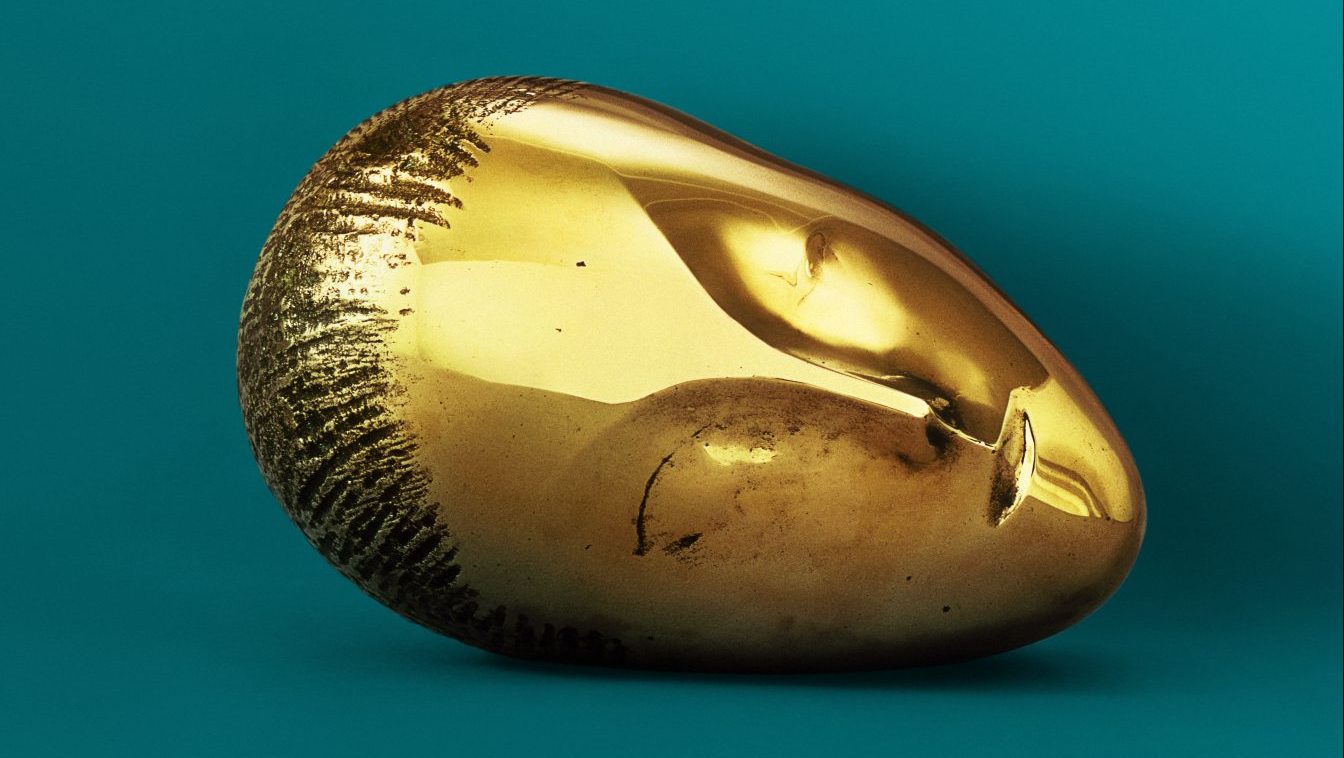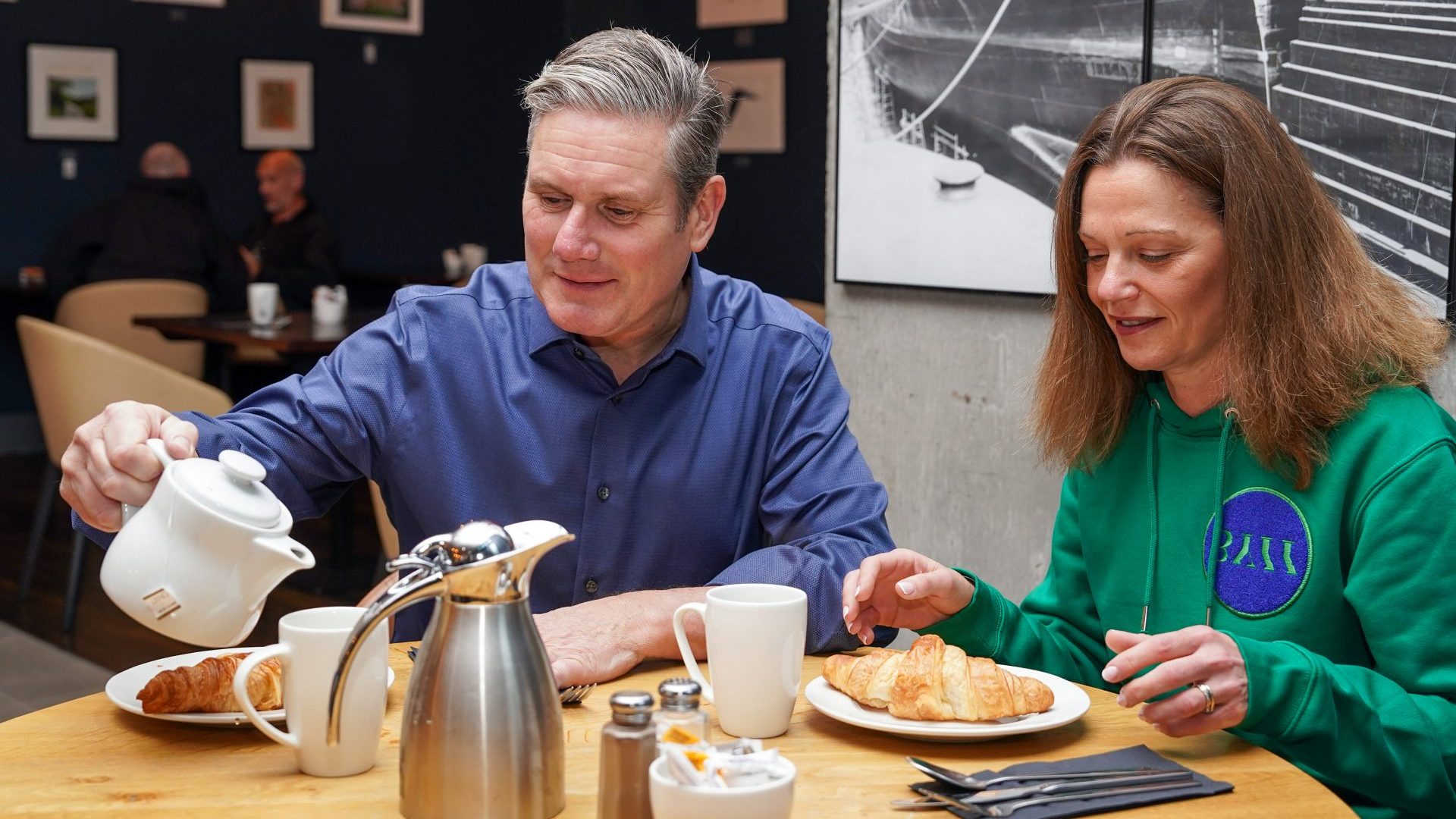Long since demolished, the Impasse Ronsin, where the sculptor Constantin Brâncuși had his studio from 1916 until his death in 1957, was both a dead end and a labyrinth of dizzying possibilities.
It ran along the back of the Necker children’s hospital in Montparnasse, Paris, and was lined with little houses surrounded by gardens, among them the rather grander Villa Steinheil, which in 1908 had been the scene of a brutal double murder. There was a warehouse down there too, a noisy printing works with 300 employees, and finally, set back and overgrown, a number of artists’ studios.
The Impasse evidently bewildered visitors, such that “Brâncuși”, followed by an arrow, was chalked at intervals on to walls, leading eventually to a nondescript, rather derelict-looking door. A description given by an American journalist sounds like hunting down a mythical beast in his lair: “The path leads to a courtyard planted with shrubs and trees. After the bustle of the streets of Paris, this sylvan approach prepares one for the spaciousness of his workshop, which almost seems to be without walls.”
The American surrealist photographer Man Ray was similarly overawed, recalling that: “the first time I went to see the sculptor Brâncuși in his studio, I was more impressed than in any cathedral. I was overwhelmed with its whiteness and lightness.”
After his death, Brâncuși bequeathed his studio to the French state, and since 1997 it has been under the auspices of the Musée National d’Art Moderne at the Centre Pompidou, reconstructed in a specially designed gallery. It is a vast legacy, comprising the entire contents of his living quarters, around 1,600 photographic prints and plates, drawings, paintings, 137 sculptures, and 87 bases for sculptures.
The studio forms the physical and conceptual heart of the Centre Pompidou’s current exhibition, which, titled simply Brâncuși, and beautifully curated by Ariane Coulondre, is only the second of its kind to be staged in France, the first having been held at the Centre Pompidou in 1995. Now, as Brâncuși’s studio is prepared to be moved for the duration of the Pompidou Centre’s five-year closure, this final showing of a large section of the artist’s working environment is both practical, and a celebratory “au revoir”.
Margaret Anderson, founder of The Little Review in 1914, was among those who remarked on the astonishing whiteness not only of the sculptor’s studio, but of the man himself. His “hair and beard are white,” she wrote, “his long working-man’s blouse is white, his stone benches and large round table are white, the sculptor’s dust that covers everything is white, his bird in white marble stands on a high pedestal against the windows, a large white magnolia can always be seen on the white table. At one time he had a white dog and a white rooster.”
Man Ray said it was like crossing into another world, and in the films and photographs Brâncuși made of himself at work, he appears often as a wraithlike figure, blurred in movement, as he flits among his creations.
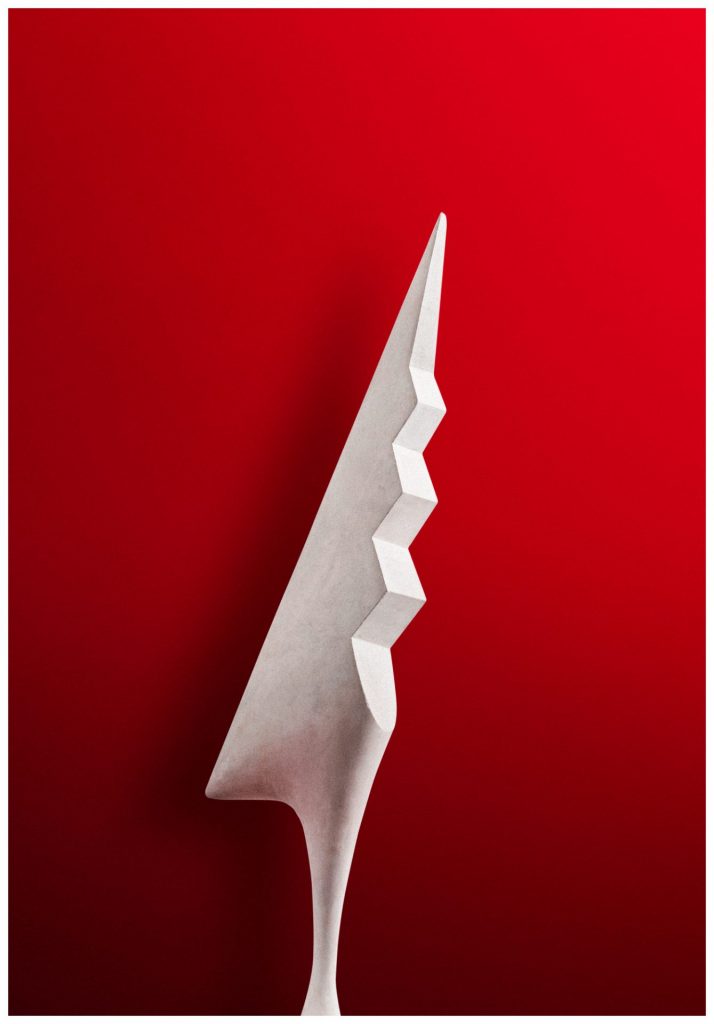
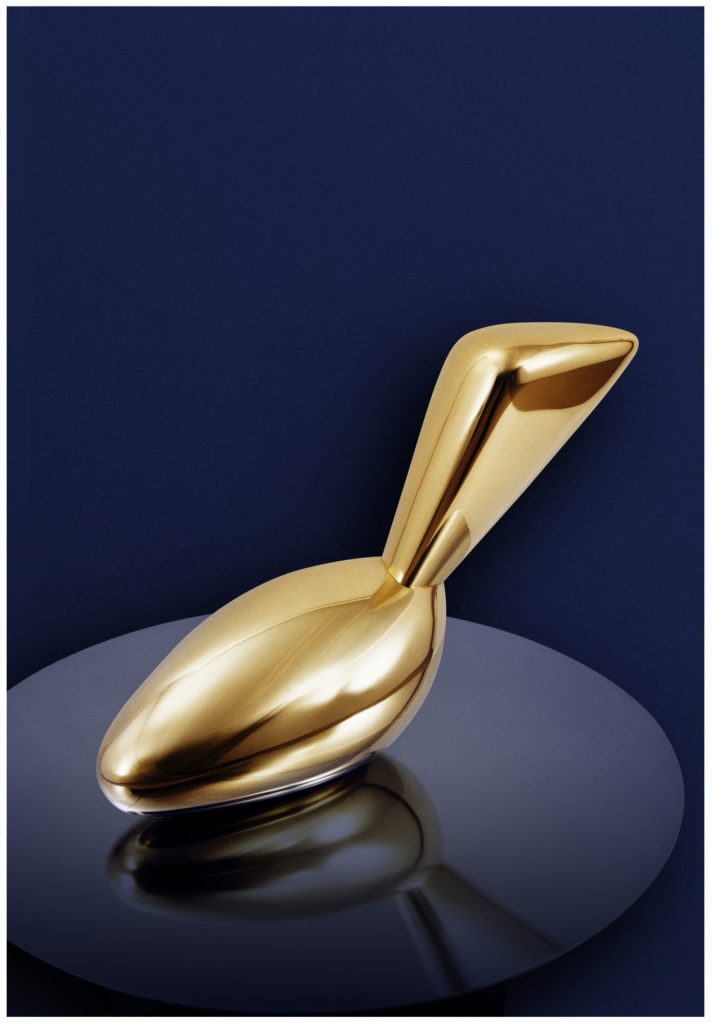
The studio was far more than a work space, and over the decades it extended into a complex that included his private living quarters and a vast gallery given over to receiving visitors and displaying his work. Here he arranged his sculptures into what he called “mobile groups”, entertaining guests in a total work of art in which he was a charismatic, godlike figure presiding over his domain. He was a famous dinner host, cooking steaks over a homemade grill, baking potatoes in the embers, accompanied by plenty of champagne and cognac.
Guests included admirers, friends, fellow artists and collectors. “It was always marvellous”, recalled the artist Jackie Matisse, granddaughter of Henri. The studio was like a prehistoric landscape, according to Jean Cocteau, who described Brâncuși as “like primitive man, grilling meat on an iron skewer… his shimmering sculptures attracting beautiful Americans like birds around eggs.”
Otherworldly as he was, Brâncuși was also astute, and instead of selling his works through a gallery, he did good business through his parties. Many of the “beautiful Americans”, including Agnes Meyer and Nancy Cunard, ended up as “shimmering sculptures” themselves; their simplified and highly stylised forms a result of Brâncuși’s project to express “the very essence of things”.
The most famous of them is Princesse X, 1909-1916, banned from the 1920 Salon des Indépendants and readily identified as a two-foot-high erect penis and testicles. According to Brâncuși, it was a portrait of Princess Marie Bonaparte, her torso simplified so that only her head and breasts remain, linked by a long curve. That she had a lifelong preoccupation with her inability to orgasm, and would later become a patient of Sigmund Freud, could be relevant.
The collector Peggy Guggenheim never had her portrait made by Brâncuși, but she was one of the rich Americans who spent time at his studio. In the 2015 film Peggy Guggenheim: Art Addict, she reveals the lengths she went to in order to acquire a Bird in Space, a sculpture series appropriately displayed here against the Centre Pompidou’s panoramic view of Paris. “During the war I wanted to buy a Brâncuși,” she recalls. “Bird in Space was one of [his] favourite sculptures. I used to go and see him every day… the awful thing is, I thought if I had an affair with him the Bird would be cheaper.”
Many of those days were spent listening to music, and one of the highlights of the exhibition is a selection of Brâncuși’s records, which echo the multicultural influences seen in his sculpture, and include jazz, Romanian folk music, and traditional music from Africa and Asia. Brâncuși was friends with the composer Erik Satie, and photographed the Romanian Lizica Codreanu dancing among his sculptures to the Gymnopédies, a performance for which Brâncuși created her costume.
Astonishingly, Peggy Guggenheim specifically mentions that Brâncuși’s gramophone, like his grill, was homemade. In fact, he made almost everything he owned, from the tools in his workshop to furniture, and as a teenager he is supposed to have made a violin from materials he found lying around.
This resourcefulness would contribute to his image as “primitive man” reincarnated as modernist sage. In the early years of the 20th century, so-called “primitive art” was revered by avant-garde artists like Picasso, Matisse and Modigliani, for whom the art of children, non-western cultures, and prehistory embodied the rejection of western academic convention.
With his artistic identity rooted in his Romanian heritage, Brâncuși had an authenticity that many of his peers could only dream of; he made frequent reference to this resource of images and techniques, notably in the wooden doorway of his studio, which recalls the carved farm gates of his homeland.
The creation of Brâncuși’s personal mythology began in 1904, when the 28-year-old artist arrived in Paris on foot. The British sculptor Antony Gormley summed up its significance, which continues to resonate powerfully today.
“The journey that Brâncuși made was truly remarkable. This young artist, seeking truth and inspiration, walks from Bucharest to Paris and works with Rodin, finds that the goal of his journey is not there and sets himself up alone and lives within the time capsule of his studio – like a space station – and reinvents Romania from afar. It’s as if he was meditating on the fact that the early-morning cockerel doesn’t crow in Montparnasse.”
This is a tale, as in TS Eliot’s Four Quartets, of returning to the place where you started, and knowing it for the first time. Brâncuși recollected in tranquillity the life he had lost and then remade it – with an insistence on handwork.”
Brâncuși’s reinvention of Romania occurred through the prism of Paris, and several interesting comparisons show the impact of the influences that the young sculptor was exposed to on arrival there. From ancient artefacts in the museums to the work of contemporaries such as Paul Gauguin and André Derain, Brâncuși’s sources ranged far and wide.
The formal relationship between Brâncuși’s The Kiss and Derain’s Crouching Man, both from 1907, is clear, but just as important is the implied connection to Auguste Rodin, whose own The Kiss, 1882, remains one of the most recognisable works of western art.
Brâncuși worked in Rodin’s studio in 1907, leaving fairly abruptly with the explanation: “Nothing grows under big trees”. Brâncuși very consciously and deliberately shook off the influence of his former master, rejecting traditional methods of modelling and casting in favour of direct carving, a more instinctive approach that did away with preparatory models, and prioritised “truth to materials”, by retaining their character in the end result.
This is seen in The Sleeping Muse, 1909-13, one of Brâncuși’s most famous motifs, developed directly from Rodin’s 1894 Sleep, in which the naturalism of the resting head’s pose is in constant tension with its stylised, ovoid shape and hieratic features, its polished surface given over to exploiting the properties of patinated bronze.
Brâncuși worked in wood and stone, but highly polished metal is distinctive in his work, allowing him to evoke movement, and transient form in fleeting light effects explored further in works like Léda, 1926, mounted on a turntable, and further still in photography and film.
Though entirely static, the Endless Column, 1937-8 – which stands in Târgu Jiu, Romania, as part of his memorial to the fallen soldiers of the first world war – might be Brâncuși’s most successful evocation of movement, its dizzying upward thrust echoed and amplified in György Ligeti’s Piano Étude no 14, in which he created “a translation of the plastic into the musical”.
Brâncuși is at the Centre Pompidou until July 1

